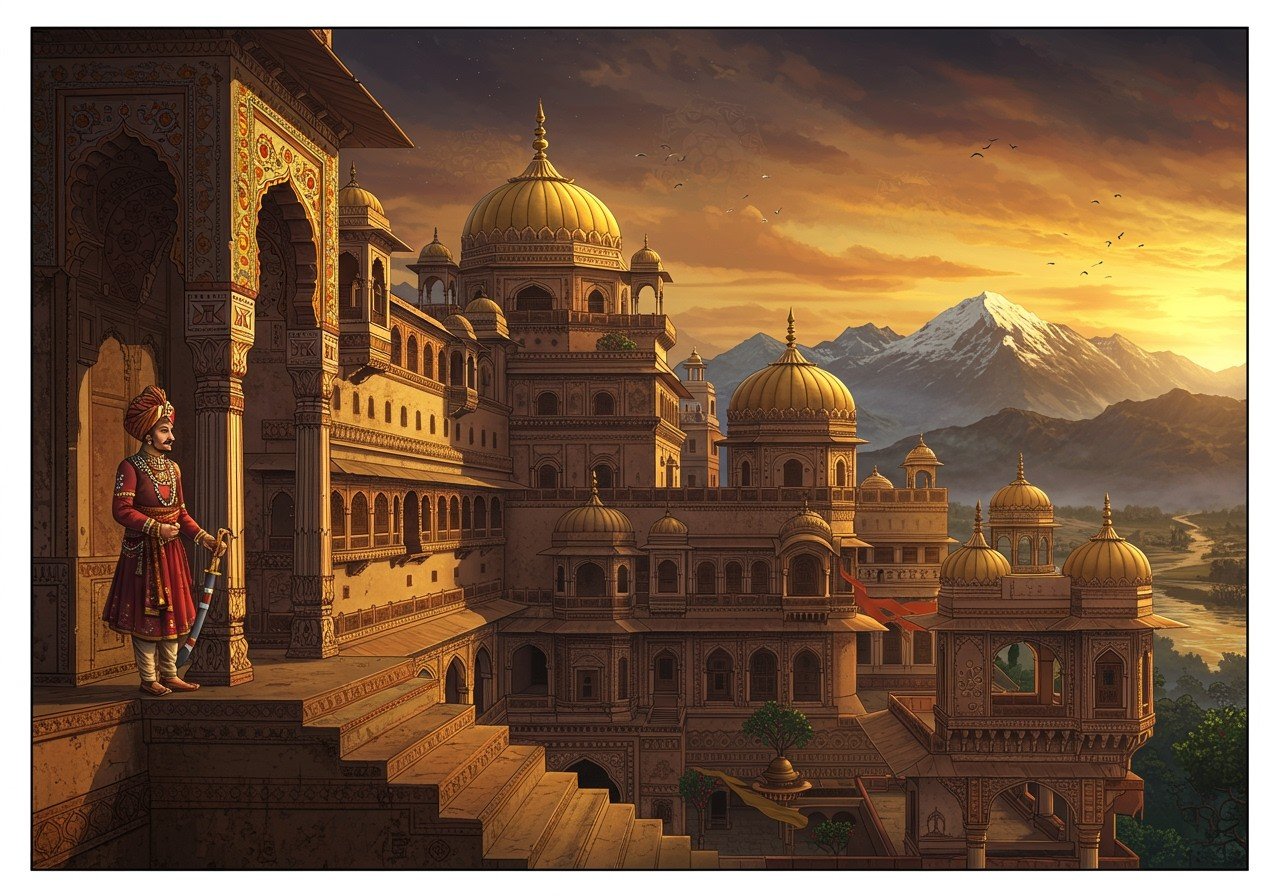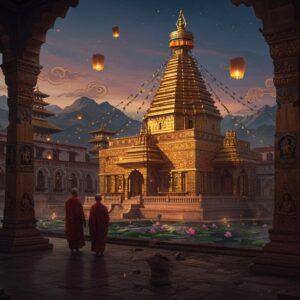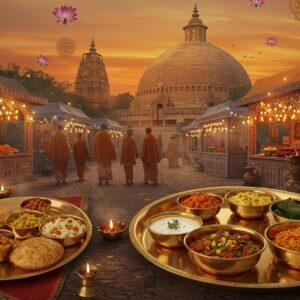
The Deva Dynasty of Jammu holds a special place in the region’s history, shaping its cultural and historical identity. This era is significant for its impact on local traditions and governance. Understanding the rise and fall of the Deva Dynasty offers a deeper appreciation of Jammu’s vibrant heritage.
Origins and Rise of the Deva Dynasty
Emerging around 850 AD, the Deva Dynasty, named for the suffix “Dev” common among its rulers, established its roots in the inner mountains of Jammu, likely with Babbapur as their main seat of power. Jammu itself served as a vital outpost, marking a period of significant growth and influence in the region’s history. Suraj Dev, son of Bajar Dhar, stands as the first ruler of this dynasty, initiating a legacy that would last for centuries.
Raja Mal Dev: A Pivotal Figure
Raja Mal Dev, ascending the throne around 1360 AD and ruling until 1400 AD, stands as a pivotal figure in the Deva Dynasty’s narrative. He made the significant decision to move the capital from Babbapur to Jammu, forever changing the city’s trajectory. His establishment of a Rajput colony in Mohalla Kali Janni offered refuge for Hindus from Punjab, demonstrating his compassionate leadership. In 1397 AD, he defeated Raja Kailasha of Nurpur, a victory that allowed him to repurpose the dismantled fort’s bricks for a new palace in Purani Mandi, showcasing his resourcefulness and vision.
Conflicts, Expansion, and Alliances
Raja Mal Dev’s reign wasn’t without its challenges. He faced conflicts with the Sultan of Delhi but successfully defended his territory, demonstrating his strategic prowess. He subsequently expanded his empire up to the Beas River and south of Sialkot, even stretching beyond the Chenab River, solidifying his position as a powerful leader. Beyond conflicts, the Deva Dynasty also cultivated important alliances. Maintaining near independence, they provided support to the Sultans of Delhi, furthering their political influence and security within the region.
Later Rulers and the Unification of Jammu
Following Raja Mal Dev, ten of his descendants ruled Jammu from 1400 to 1733. This period saw continued growth and consolidation of power, including Raja Hamir or Bhim Dev’s support of Mubarak Shah of the Sayyid dynasty against the Khokhars. Raja Dhruv Dev, ruling from 1703, laid the foundation for the Jamwal rulers of Jammu, signifying a crucial transition in leadership. He is renowned for unifying Jammu and bringing surrounding hill states—Jasrota, Basohli, Mankot, and Bandralta—under Jammu’s authority, a testament to his unifying leadership. In 1710, he further solidified his legacy by establishing the Mubarak Mandi palace, a grand residence overlooking the Tawi River.
Decline and Enduring Legacy of the Deva Dynasty
The later years of the Deva Dynasty were marked by increasing challenges. Raja Braj Dev, who ruled from 1782 to 1787, tragically fell in battle against the Sikhs. The Sikh chief Mahan Singh then sacked Jammu, taking a significant amount of wealth and further weakening the dynasty. Finally, in 1812, the Sikh Empire formally annexed Jammu, bringing an end to the Deva Dynasty’s rule. Despite their decline, the Deva Dynasty’s impact on Jammu’s cultural heritage remains profound. Their contributions to governance, architecture, and the cultural landscape continue to resonate in modern Jammu. Preserving this rich history is vital for understanding the region’s identity and appreciating the enduring legacy of the Deva Dynasty.
Bring Home the Divine with Poojn.in
At Poojn.in, we understand the deep reverence for deities and the desire to create a sacred space in your home. Inspired by the rich heritage of the Deva Dynasty of Jammu, we offer a curated collection of authentic murtis, perfect for your personal shrine or meditation corner. Our Panchmukhi Hanuman murti and Lord Kubera murti, crafted with utmost care and reverence, are ideal for invoking blessings and positive energy in your home.
Why Choose Poojn.in?
Our commitment to quality and authenticity sets us apart. We source the finest materials and employ skilled artisans to ensure that each murti is a true representation of divine grace. Explore our extensive collection online or visit our store to experience the spiritual aura firsthand. Shop now and bring home the blessings of the divine.
Connecting with the Past: Exploring Temples
If you’re eager to connect with the legacy of the Deva Dynasty more tangibly, consider visiting some of the magnificent temples in the region. Learn more about the architectural wonders of the Sas Bahu Temples and the historical significance of the Mahamaya Temple in Ratanpur. These sacred sites offer a glimpse into the rich cultural tapestry woven by the Deva Dynasty.


